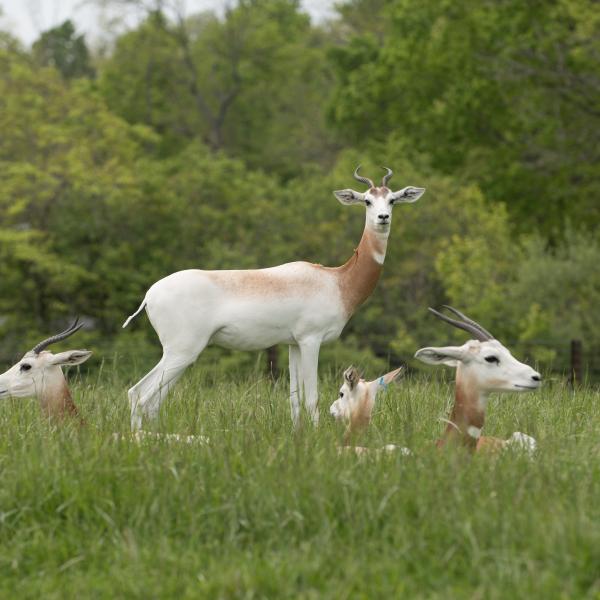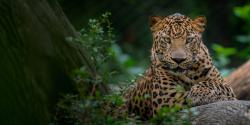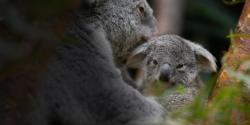This species, also known as the addra gazelle, is the largest and rarest gazelle in the world. Fewer than 200 mature individuals are believed to remain within their native range, and the populations are highly fragmented.
The critically endangered dama gazelle faces multiple threats, including overhunting, habitat loss due to farming and agricultural practices, and competition for resources and space with domestic livestock.
Scientific Name: Nanger dama
Conservation Status: Critically Endangered
Size: Nearly 4 ft. tall at the shoulder; Length ranges from 4.5 to 5.5 ft.
Weight: 88 to165 lbs.













